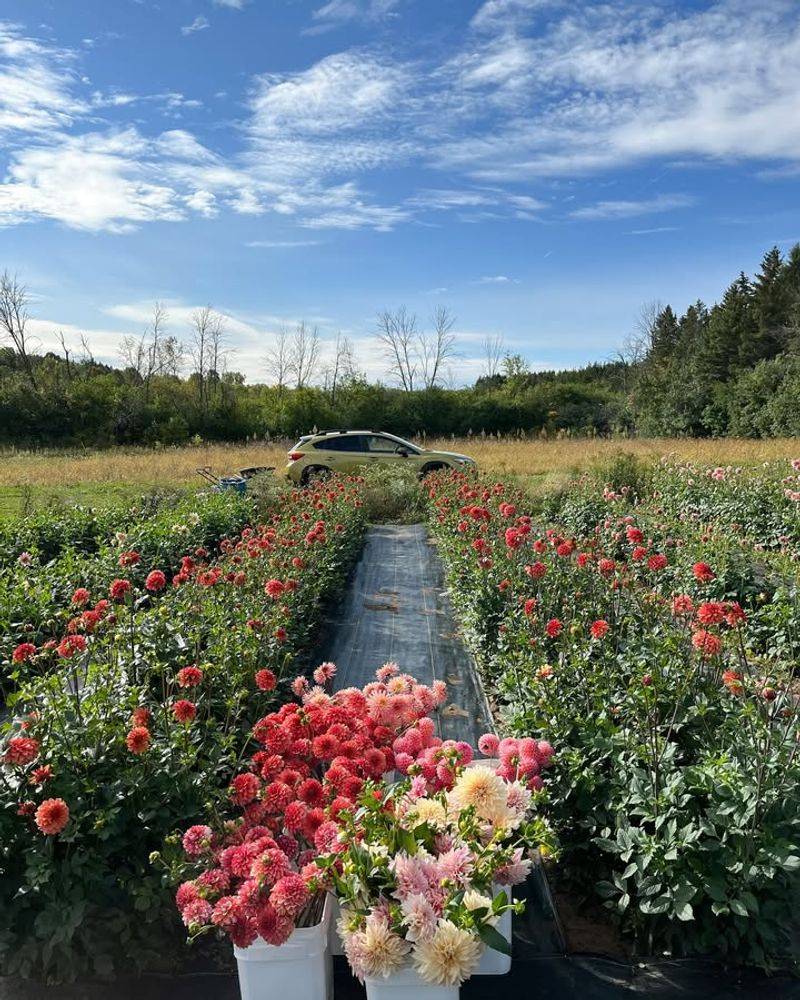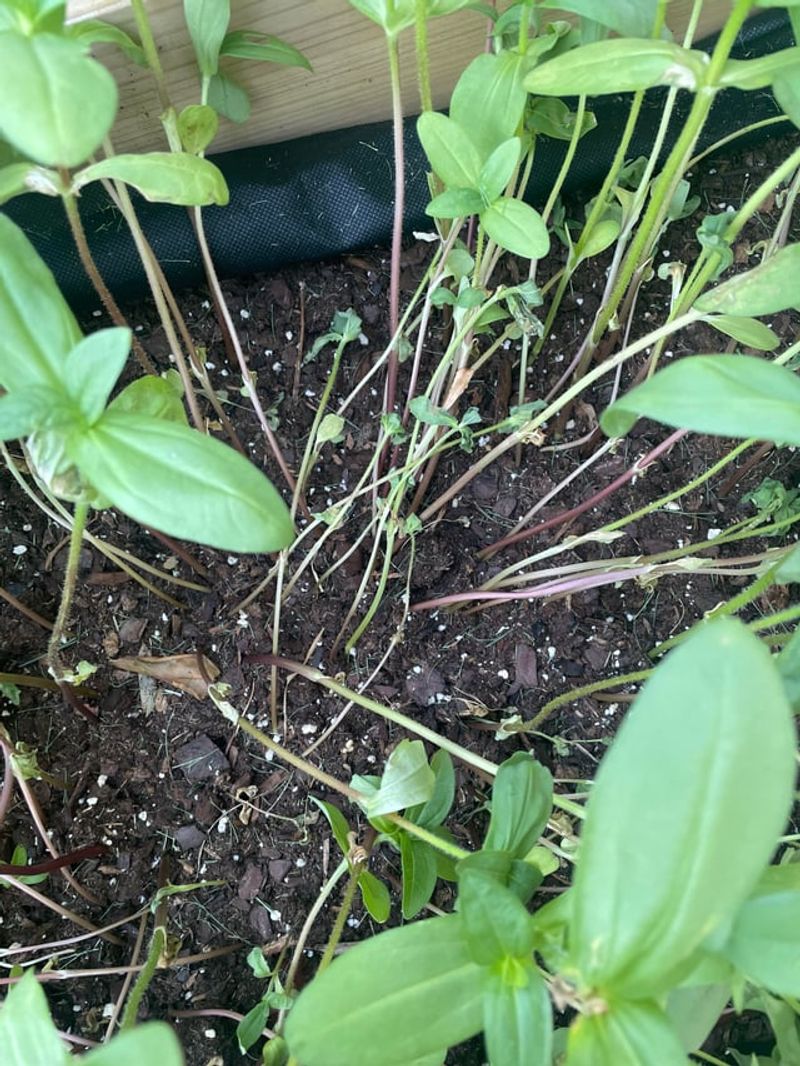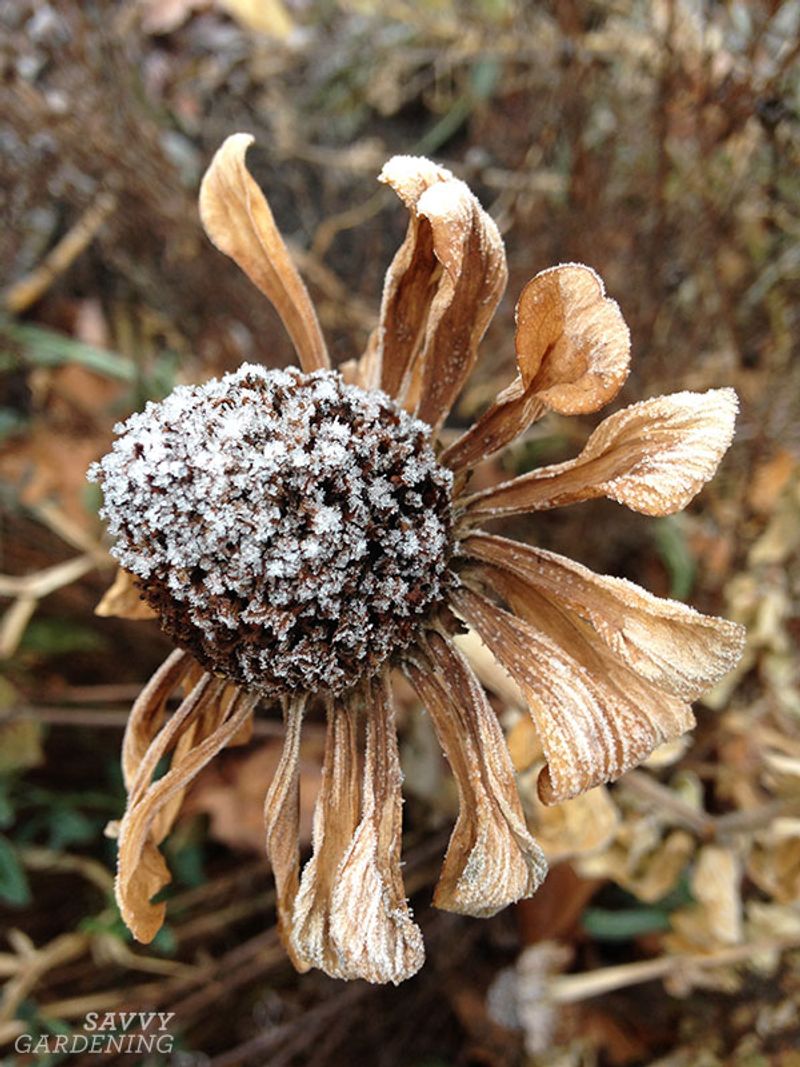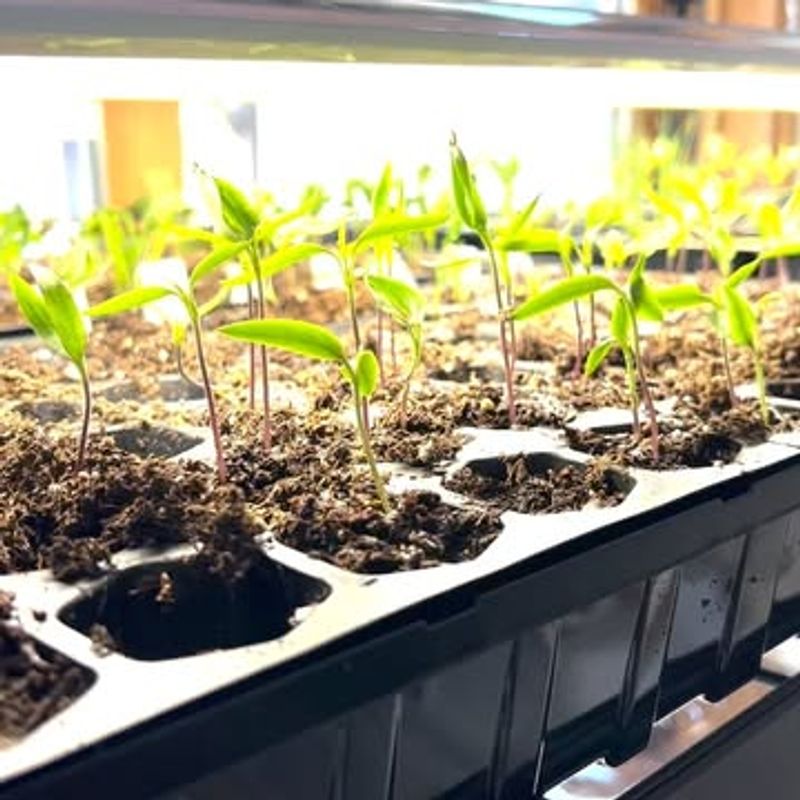Southern California gardeners have a secret weapon for spring color: planting zinnias in November. While most of the country shivers through winter, our mild climate lets us get a head start on these bright, cheerful flowers.
With the right approach, you can grow stunning zinnias that bloom earlier and stronger than spring-planted varieties.
1. Pick The Perfect Sunny Spot
Zinnias are sun worshippers that need at least six hours of direct sunlight daily to thrive. Scout your garden for the brightest locations where morning and afternoon rays reach without obstruction.
Southern California’s November sun is gentler than summer’s scorching heat, making it ideal for young seedlings. Avoid shady areas under trees or near tall structures that block light.
A sunny spot ensures strong stems, vibrant blooms, and healthier plants that resist disease better.
2. Choose Cold-Hardy Varieties
Not all zinnias handle cooler temperatures equally well. California Giants and Benary’s Giant series tolerate November’s mild chill better than delicate varieties.
Look for seeds labeled as vigorous or fast-growing, since these adapt more easily to fall planting conditions. State Fair Mix and Cut and Come Again types also perform wonderfully when planted before winter arrives.
Selecting the right variety makes the difference between struggling plants and flourishing flowers come spring.
3. Prepare Soil With Organic Matter
Zinnias appreciate well-draining soil enriched with compost or aged manure. Work organic material into your planting area to a depth of about eight inches before sowing seeds.
Rich soil helps young plants establish strong root systems during cooler months in California. November rains can waterlog clay soil, so adding compost improves drainage and prevents root rot.
Your zinnias will reward this preparation with explosive growth when warmer weather arrives in spring.
4. Water Wisely During Establishment
November’s cooler temperatures mean soil stays moist longer than during summer months. Water newly planted zinnia seeds gently to keep soil consistently damp but never soggy.
Once seedlings emerge, reduce watering frequency but increase the amount per session. Deep watering encourages roots to grow downward, creating drought-resistant plants.
Check soil moisture by sticking your finger an inch deep—if it feels dry, it’s time to water again.
5. Protect From Unexpected Cold Snaps
Southern California rarely freezes, but occasional cold nights dip below what tender zinnia seedlings prefer. Keep lightweight frost cloth or old bedsheets handy for surprise temperature drops.
When forecasts predict temps in the low 40s or below, drape covers over your seedlings in the evening. Remove protection once morning temperatures climb above 50 degrees.
This simple precaution prevents cold damage that could set back your plants by weeks.
6. Space Seeds Properly For Airflow
Crowded zinnias invite powdery mildew and other fungal problems, especially during November’s damper conditions. Plant seeds six to twelve inches apart, depending on the variety’s mature size.
Good spacing allows air to circulate freely around plants, keeping foliage dry and disease-free. Tall varieties need more room than compact types, so check your seed packet for specific recommendations.
Proper spacing now means less thinning work later and healthier plants overall.
7. Fertilize Lightly After Sprouting
Wait until seedlings develop their second set of true leaves before introducing fertilizer. November-planted zinnias in Southern California grow slowly at first, so they need less feeding than summer plants.
Apply a balanced, diluted liquid fertilizer every three weeks to support steady growth without overwhelming tender roots. Organic fish emulsion or seaweed extract work beautifully for young zinnias.
Light feeding builds strong plants that explode with blooms when spring sunshine intensifies and temperatures warm up.








